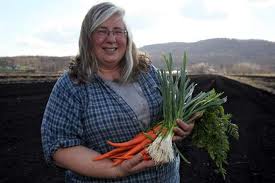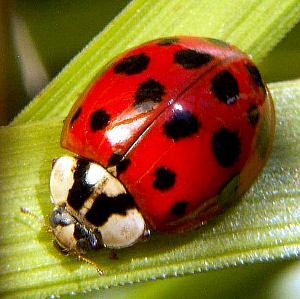What Makes New Jersey Grown New Jersey Grown?
 There is perhaps no single image more synonymous with quality and integrity than the USDA organic seal. Its presence means you’re getting a product grown without harmful chemicals, GMOs, or antibiotics. But just what does the certification process entail? What are the requirements? What makes New Jersey Grown New Jersey Grown?
There is perhaps no single image more synonymous with quality and integrity than the USDA organic seal. Its presence means you’re getting a product grown without harmful chemicals, GMOs, or antibiotics. But just what does the certification process entail? What are the requirements? What makes New Jersey Grown New Jersey Grown?
At its most basic level, organic certification is a means of regulating and facilitating the sale of organic products. Organic certification helps discourage fraud, promote quality, and increase commerce. Through the use and implementation of a series of stringent metrics, the USDA ensures that consumers have access to high-quality, natural goods.
Some of these standards include:
- Keeping organic products separated from non-organic ones.
- Maintaining detailed records.
- Ensuring farmland has not used prohibited synthetic chemicals for three years or more.
- Avoiding synthetic chemical inputs; i.e. fertilizer, pesticides, antibiotics, food additives, GMOs, irradiation.
- Preventing the use of human sewage sludge fertilizer in the cultivation of plant or animal-feed.
- Preserve natural resources and biodiversity.
- Support animal health and welfare.
Qualifying for organic certification is an in-depth process that can span three years or more. A grower must first obtain an application through an accredited National Organic Program (NOP) agent. Once the application is reviewed and approved, the agent will schedule an inspection. The inspector assesses the farm’s condition, verifying the grower’s compliance with USDA organic regulations. Next, the inspector will write a report, either approving or denying the grower’s application. If approved, the grower need only pay the requisite fee before he/she can begin using the New Jersey Grown seal.
 Organic certification is not only a great way of protecting the ecosystem, it’s also an excellent way of building trust between growers and consumers. And that’s what makes organic certification organic certification!
Organic certification is not only a great way of protecting the ecosystem, it’s also an excellent way of building trust between growers and consumers. And that’s what makes organic certification organic certification!















